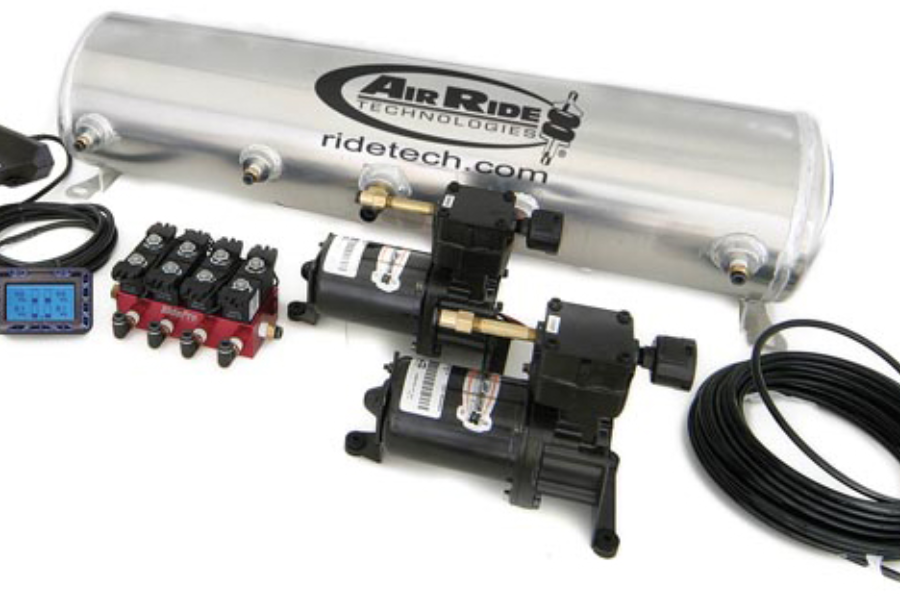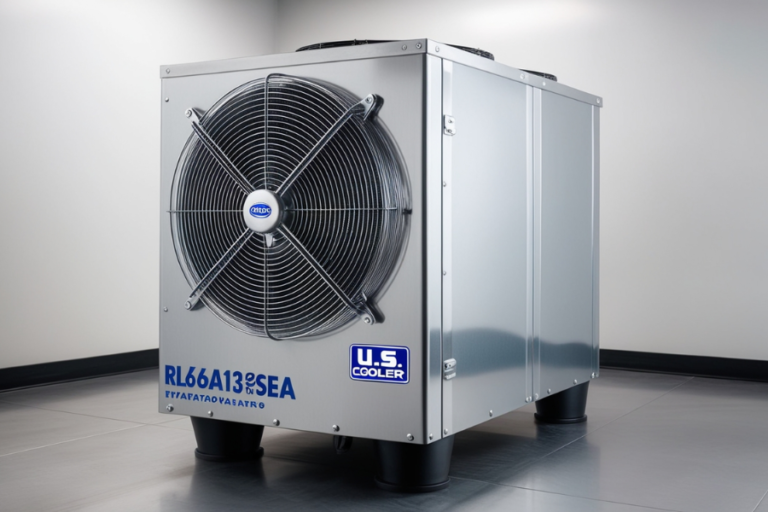Ride Tech Trouble Shooting: A Comprehensive Guide
ride tech trouble shootingsuspension systems have become a favorite among car enthusiasts who want to enhance their vehicle’s performance. Known for offering adjustable height and improved handling, these air suspension systems are highly advanced but may encounter issues like any other technology. This guide will explore common problems with ride tech trouble shooting air suspensions and provide effective troubleshooting tips to keep your system performing at its best.
Understanding ride tech trouble shooting Systems
ride tech trouble shooting specializes in air suspension technology that allows users to adjust their vehicle’s ride height for different driving conditions. Popular products, such as the RidePro and E5 systems, give drivers control over their vehicle’s suspension settings, ensuring a comfortable and smooth ride.
Common Issues with ride tech trouble shooting Systems
Despite the benefits, users sometimes face challenges with ride tech trouble shooting systems. Understanding these common problems is the key to addressing and fixing them promptly.
1. Inconsistent Ride Height
One of the most common issues ride tech trouble shooting users experience is inconsistent ride height. This problem often arises from improper calibration or air pressure fluctuations. To solve this, ensure your system is properly calibrated, and thoroughly inspect the air lines for any leaks.
2. Air Leaks
Air leaks can be problematic for any air suspension system, resulting in a sudden drop in ride height and reduced performance. To troubleshoot this issue, inspect all air lines and fittings. A simple method to detect leaks is to apply soapy water to the connections; bubbles will form where there are leaks.
3. Compressor Malfunctions
If the compressor fails to activate or does not build sufficient pressure, this could indicate electrical issues or a blown fuse. Make sure the compressor is correctly wired to the vehicle’s battery and check all relevant fuses and connections.
4. Calibration Failures
Sometimes calibration errors can occur during setup. The system may display error codes such as ERROR 167 (Calibration Failure) or ERROR 161 (Vehicle Voltage Low). In such cases, refer to the user manual for step-by-step instructions on how to rectify these calibration issues.
Step-by-Step Troubleshooting Guide
When you encounter problems with your ride tech trouble shootingsystem, follow these basic troubleshooting steps to identify and fix the issue.
Step 1: Check Electrical Connections
Ensure all electrical connections are secure and free from any signs of corrosion. Pay special attention to the display harness and compressor connections, as loose or faulty wiring can lead to malfunctions.
Step 2: Inspect Air Lines and Fittings
Examine all air lines and fittings for signs of wear, damage, or leaks. Damaged components should be replaced immediately to avoid further complications.
Step 3: Test the Compressor
Manually activate the compressor to determine if it functions correctly. If it doesn’t turn on, check the fuse and wiring connections to ensure everything is properly set up.
Step 4: Review Calibration Settings
Check the calibration settings within the system’s menu. If errors persist, consider resetting the system according to the manufacturer’s instructions and perform a fresh calibration.
Advanced Troubleshooting Techniques
If the standard troubleshooting steps don’t resolve the issue, consider these advanced techniques for more complex problems.
1. Software Updates
Outdated software can sometimes cause compatibility issues and erratic system behavior. Make sure that your ride tech trouble shooting system’s software is up-to-date by downloading the latest updates from the manufacturer’s website.
2. Professional Assistance
For persistent or complicated problems, seeking help from a professional is recommended. Certified technicians with experience in ride tech trouble shooting systems can diagnose and repair issues that may be difficult to identify during a do-it-yourself troubleshooting process.
Preventative Maintenance Tips
To prevent future issues and ensure the longevity of your ride tech trouble shooting system, follow these preventative maintenance tips.
1. Regular Inspections
Perform regular inspections on your air suspension system. Check for wear and tear on air bags, fittings, and hoses, and address any issues as soon as they arise.
2. Proper Installation
Make sure that your ride tech trouble shooting system was installed according to the manufacturer’s guidelines. Poor installation can lead to a host of issues, so it’s often worth hiring a professional for this task.
3. Monitor Air Pressure
Regularly check the air pressure levels in your air bags to ensure that they are operating at optimal levels. Maintaining proper air pressure is crucial for achieving the desired ride quality and preventing unnecessary strain on the system.
Conclusion
Troubleshootingride tech trouble shootingsystems may seem daunting at first, but understanding common issues and their solutions makes the process much easier. By staying vigilant and addressing problems early, you can ensure that your air suspension system continues to provide a smooth, adjustable ride for years to come. With regular maintenance and proper troubleshooting techniques, your ride tech trouble shooting system will remain in peak condition, offering the performance and comfort you expect.






